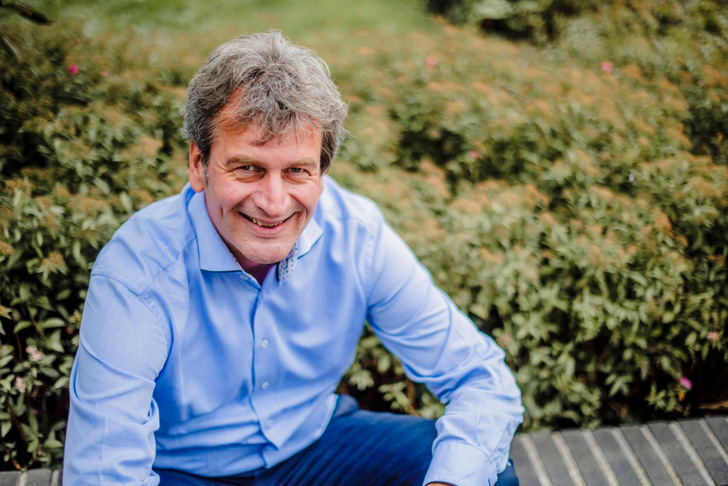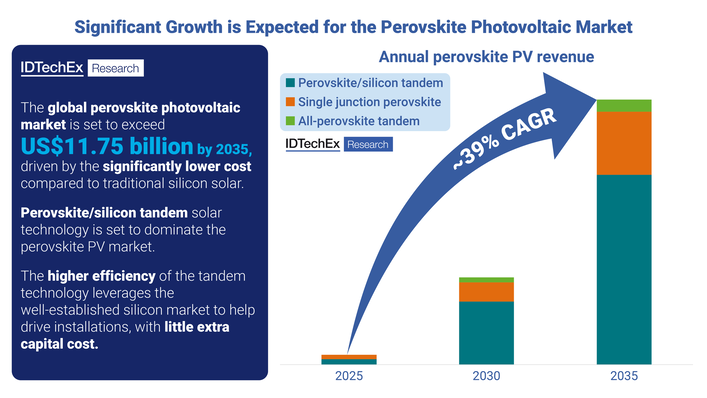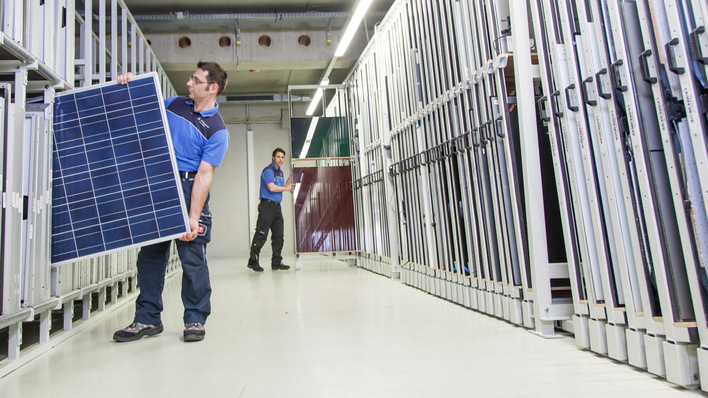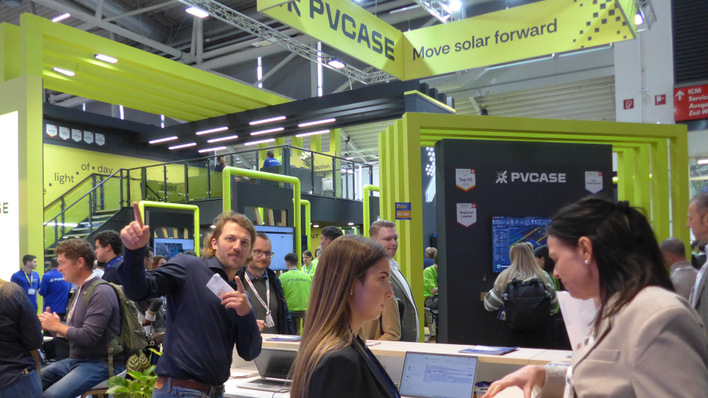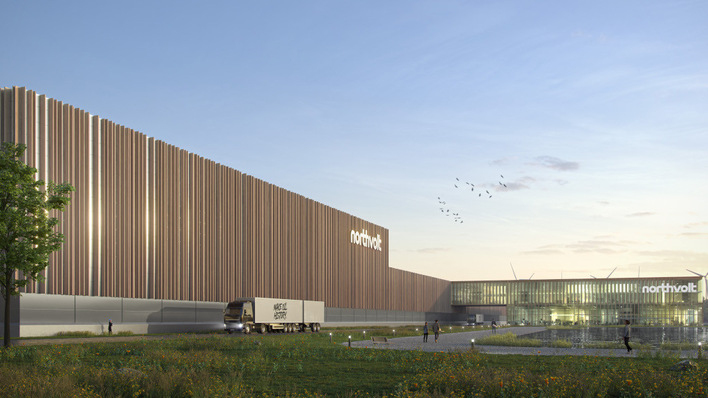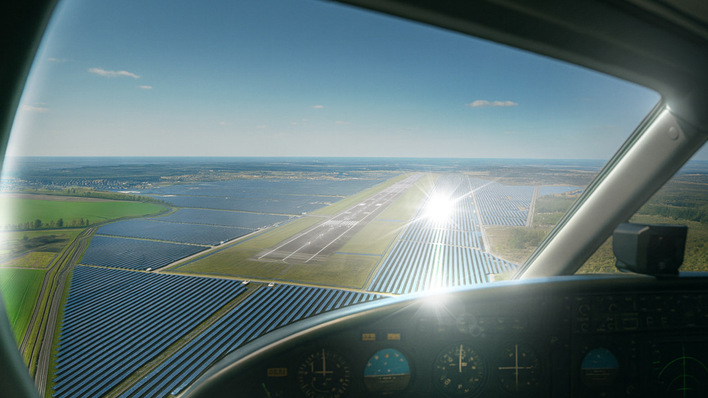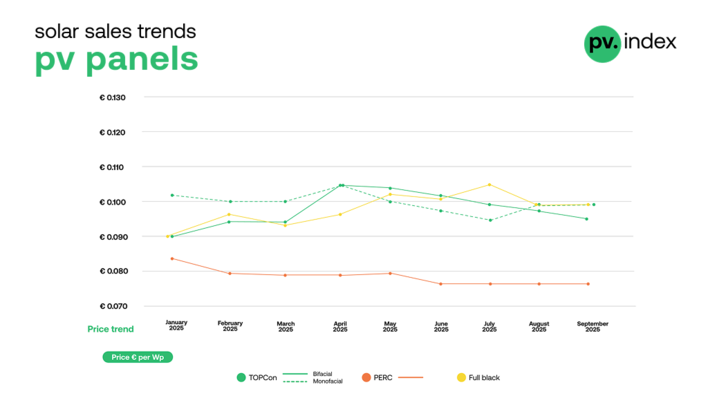In April, the Chinese economy seemed to pick up again and sales of solar panels increased. Interest in TOPCon and Mono Perc modules in particular increased due to an artificial price reduction. Demand for the other type modules had increased to such an extent that manufacturers of TOPCon and Mono Perc modules lowered their prices to stimulate demand.
In May, the export of solar panels increased slightly, giving rise to the idea that a real recovery of the Chinese economy and the demand for raw materials and solar cells, wafers and panels was coming. Still, falling silicon prices showed that there was fear of recession.
Demand recovery did not really continue and silicon producers tried to ensure enough orders in the future with lower prices. At the same time, interest grew in the N-type solar panels, which offer a higher efficiency than the Mono PERC panels because of the TOPCon cells.
Did you miss that? PV Manufacturing – Weak European demand
While there was no real recovery in demand, the fall in silicon prices continued sharply. "In order to avoid an absolute low in the price of polysilicon, the producers got together. There they again made certain price agreements with each other. If the polysilicon price was based on the actual supply-demand ratio, the price would fall completely," Scheper predicted at the time. And that prediction has become true.
"Where producers and manufacturers have tried to lower prices in a controlled manner, they have now really gone down all the way and we are seeing absolute low level records. Now there seems to be complete panic."
Buyers market
Where companies such as Esdec are using the current momentum to significantly replenish their stocks, Scheper sees that many parties continue to wait for even lower prices. According to him, this is strongly due to price perception.
"The supply is huge and prices have fallen sharply, but many parties remain cautious because inflation blurs the economic picture and because interest rates are still extremely high. Somehow this reluctance is understandable, because these are real problems, but how far do prices have to drop before you decide to buy", he wonders.
Get the free report: World of Solar – Market Outlook Report
"Silicon producers only make about 5 percent profit – previously they could ask for three to four times more, producers of solar cells, wafers and panels do not earn anything because they have to sell at cost price, transport costs are even below cost price and the exchange rate of the dollar against the euro and the renminbi are favorable. What more could you ask for? Suppose prices drop another 5%, what difference does that make? If you can't get your project developed at current levels, then your project may not be as viable as you think."
Also interesting: Meyer Burger wins EU funding for a 3.5-gigawatt production increase
According to Scheper, what could also play a role in the lack of a real recovery in demand is the fact that the solar energy sector has grown so fast in recent years. "Most people who work in this sector do so for less than three years, so for most people the sharp price drops are new," he explains.
"But if you look at the prices at the end of 2019, including transport costs and exchange rates, you could say that after all the misery of the past two and a half to three years, we are now back to the level of 2019. I would make my move now, because I see little room for further price reductions. I would almost say, cancel your holiday and start building, because we are now in a buyers market." (Gerard Scheper/hcn)


